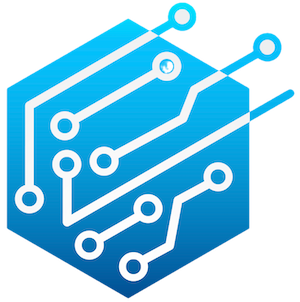In a significant turn of events, U.S. District Judge Vince Chhabria ruled in favor of Meta, allowing the tech giant to proceed with its plans for training the Llama AI model using a range of copyrighted texts. This case involved a group of 13 prominent authors, including luminaries like Sarah Silverman and Ta-Nehisi Coates, who argued that Meta’s actions violated copyright laws by failing to obtain permissions for using their works. Despite these allegations, Judge Chhabria’s nuanced decision underscored the complexities of the fair use doctrine in the context of rapidly evolving artificial intelligence.
Chhabria emphasized that while copying protected works without permission is typically illegal, the plaintiffs failed to prove that Meta’s utilization of their books for AI training caused any significant market harm. In essence, the ruling appears to offer a glimpse into how courts may interpret copyright law in an era where technology constantly disrupts traditional definitions of authorship and creativity.
Transformative Use and Market Impact: A Legal Balancing Act
Central to Judge Chhabria’s ruling was the principle of transformative use. He clarified that Meta’s application of copyrighted material for innovative purposes falls under the protections afforded by the fair use doctrine. The judge recognized that the landscape of literature consumption and production has radically shifted, which begs the question: Should traditional copyright principles adapt to accommodate technological advancements?
The authors’ arguments, which included claims of potential market harm, were deemed insufficient. Chhabria deftly pointed out that asserting potential harm does not automatically translate into a convincing case, especially in the face of transformative innovations. This raises several ethical considerations about the intersection of intellectual property rights and the burgeoning field of AI. While it is reasonable to be concerned about authors’ rights, it is equally crucial to acknowledge how new technologies can reshape existing paradigms of creativity and productivity.
Flawed Defenses and Open-Ended Implications
Despite Judge Chhabria’s favorable ruling for Meta, he did not shy away from highlighting the deficiencies in the company’s arguments. The assertion that restricting access to copyrighted texts could impede the development of AI technology was characterized by the judge as “nonsense.” This statement reflects a growing skepticism toward tech giants that often leverage such arguments to shield themselves from accountability.
Interestingly, Chhabria maintained that the ruling was limited specifically to the thirteen plaintiffs involved, leaving room for other authors to pursue similar legal routes against Meta and potentially reshape the landscape of AI training practices. He made it clear that this ruling does not serve as a blanket endorsement of Meta’s copyright practices, implying an ongoing tug-of-war between innovation and adherence to copyright law.
Broader Context: The Landscape of AI and Copyright Laws
In another notable case involving Anthropic, the court ruled that while the company’s use of literature for AI training was also deemed transformative, it faced separate allegations for utilizing pirated texts. This indicates a broader legal landscape where courts are wrestling with the implications of AI not just on copyright laws but on ethical considerations surrounding authorship and originality.
The implications of these rulings extend far beyond the cases themselves. They challenge established norms and ask crucial questions about how authors and creators can protect their intellectual property in a rapidly changing digital landscape. Additionally, they shed light on the dual-edged sword that is AI technology: while it promotes unprecedented creativity and efficiency, it poses significant threats to the traditional models of ownership and compensation for creators.
A Future of Collaborative Growth or Legal Confrontation?
The ongoing discourse surrounding AI and copyright law promises to be both contentious and transformative. As both technological capabilities and societal norms evolve, so must our understanding of intellectual property. The potential for AI to generate new works raises not only legal questions but philosophical ones about the nature of creativity itself.
As society grapples with these issues, it is imperative for authors, technology companies, and lawmakers to engage in constructive dialogue. The ultimate goal should not merely be litigation but fostering an environment where innovation can thrive responsibly while respecting the rights of creators. By navigating these waters thoughtfully, we could unlock a future where both technology and creativity can coexist in harmony, empowering innovation to flourish without disenfranchising those who contribute to the cultural landscape.


Leave a Reply